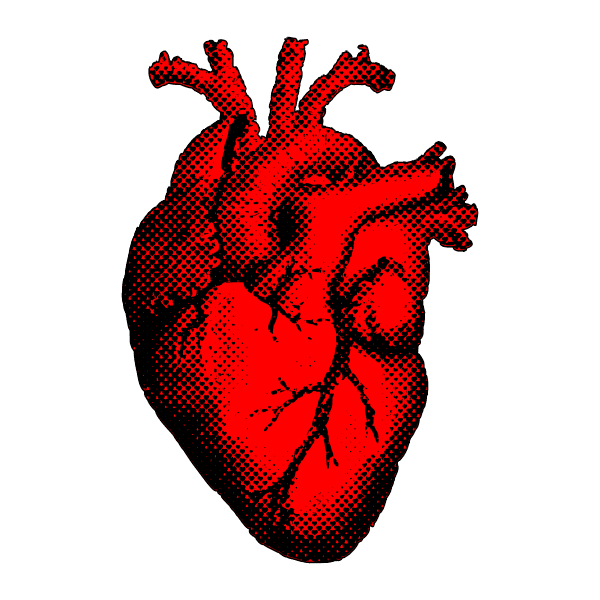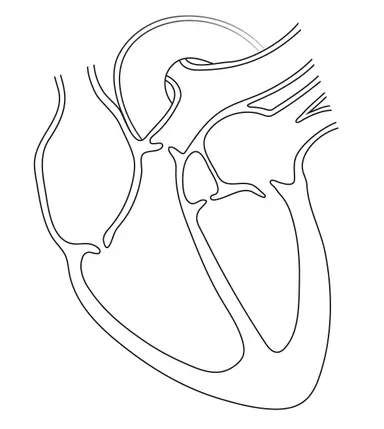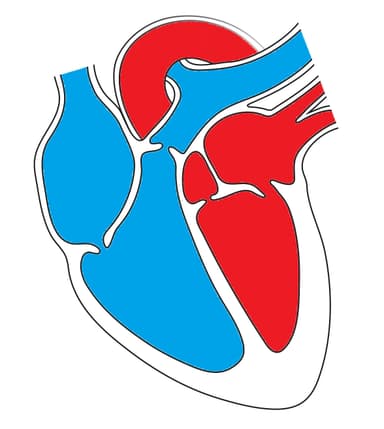The human heart and double circulatory system
I can describe the function and structure of the human heart, and the importance of having a double circulatory system.
The human heart and double circulatory system
I can describe the function and structure of the human heart, and the importance of having a double circulatory system.
These resources will be removed by end of Summer Term 2025.
Lesson details
Key learning points
- Substances are transported around the body in the blood.
- Blood is pumped through blood vessels by an organ called the heart.
- The heart is made of cardiac muscle, which continually contracts and relaxes to pump blood.
- The heart has four chambers with valves, which keep oxygenated and deoxygenated blood separate.
- We have a double circulatory system; blood is pumped to the lungs for gas exchange then around the rest of the body.
Keywords
Circulatory system - The system which transports nutrients and waste around the body.
Heart - An organ which pumps blood around the body.
Cardiac muscle - Specialised tissue found in the heart which rhythmically contracts and relaxes together.
Chamber - A section of the heart, known as an atrium or ventricle.
Valve - Flaps in the heart which prevent backflow of blood.
Common misconception
Confusion between the names and functions of the different parts of the heart and the direction that blood moves through the heart.
The parts of the heart and their structure and function are dealt with separately and clearly, and followed up with quick checks plus longer and more detailed tasks.
To help you plan your year 10 combined science lesson on: The human heart and double circulatory system, download all teaching resources for free and adapt to suit your pupils' needs...
To help you plan your year 10 combined science lesson on: The human heart and double circulatory system, download all teaching resources for free and adapt to suit your pupils' needs.
The starter quiz will activate and check your pupils' prior knowledge, with versions available both with and without answers in PDF format.
We use learning cycles to break down learning into key concepts or ideas linked to the learning outcome. Each learning cycle features explanations with checks for understanding and practice tasks with feedback. All of this is found in our slide decks, ready for you to download and edit. The practice tasks are also available as printable worksheets and some lessons have additional materials with extra material you might need for teaching the lesson.
The assessment exit quiz will test your pupils' understanding of the key learning points.
Our video is a tool for planning, showing how other teachers might teach the lesson, offering helpful tips, modelled explanations and inspiration for your own delivery in the classroom. Plus, you can set it as homework or revision for pupils and keep their learning on track by sharing an online pupil version of this lesson.
Explore more key stage 4 combined science lessons from the Transport and exchange surfaces in humans unit, dive into the full secondary combined science curriculum, or learn more about lesson planning.

Equipment
Licence
Starter quiz
6 Questions

Exit quiz
6 Questions




